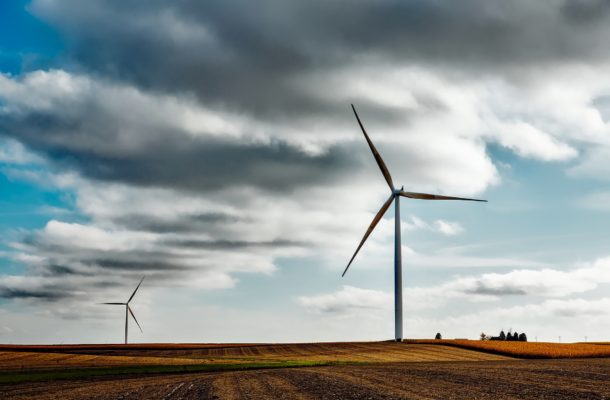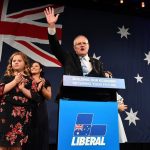
Environment protection laws, including clean air legislation, were passed in Victoria and most other states during the 1970’s. The issues around climate change have been commonly discussed among scientists, in schools and the media for decades.
The ‘externalities’ resulting from coal-fired electricity generation were not given sufficient attention. Now these external costs are impacting on health and the environment. However people continue to demand cheap power, despite the fact that we all know that you can’t have your cake and eat it too. Confronted with this classic economic problem meant that successive governments were, and some remain, unwilling or unable to develop and implement policies for a gradual transition from coal-fired power generation.
Selling off publicly owned power generation utilities came from complete faith in ‘market forces’ to resolve economic problems. It’s much more important than party politics but for what it’s worth, the Kennett government raised about $23 billion selling off Victoria’s gas and electricity assets. That reduced public debt to around $10 billion and the finance that was raised was used for productive infrastructure. This does not of course excuse the devastation of what happened in the Latrobe Valley. I am no apologist for the Kennett government although I was told by a former senior Labor cabinet member that they would have sold the assets too. Their objection was with the way it was executed by the Kennett government.
It has been suggested recently that Victoria should buy back sufficient electricity generation capacity to ‘keep the lights on this summer’. That presumably means the status quo has to be maintained at all costs. Sport must be played under lights, even if that means at a cost to essential services such as air conditioning for the elderly or sick. I wonder what commentators would say now, those who assured us that the closure of Hazelwood would not affect energy prices.
I want to see an intelligent transition from fossil fuels, save for steel-making and other critical applications where carbon is essential. The failure of governments to foresee an emerging energy crisis is disappointing and it appears that public policy has been captured by ideological interests to the exclusion of potentially valuable alternatives. The Victorian Geothermal Assessment Report 2016 states: “skilled power industry personnel, drilling contractors, transmission lines and large energy consumers are all co-located in the Latrobe Valley, which is also one of the most prospective locations for geothermal energy in the state. No single body coordinates the activities of the disparate range of organisations with an interest in geothermal energy in Victoria. Without such a body it is likely that Victoria will continue to disregard its geothermal energy endowment.”
The selling of ‘green’ hydro power from Tasmania to the mainland last year won short-term profits but the rainfall to refill the dams has not been forthcoming. It is ironic that over 80% of Tasmania’s electricity generation capacity is hydro-electric, yet hundreds of diesel generators had to be imported to meet the State’s domestic power requirements, until the Basslink cable was repaired. Now the Australian Energy Marketing Operator (AEMO) has warned that Australian energy consumers will need to pay for private gas and diesel generators to be on standby for the provision of emergency power.
A weakness of current renewable energy technologies has been the inability to store energy during periods when wind and sunshine are not sufficient to meet demand. The giant lithium-ion battery, to be constructed in South Australia by Tesla, appears to be a step in the right direction. The energy life-cycle of this technology is unclear but it is certain that there is a long way to go with improvements to efficiency and resource recovery.
Electronics firms are notorious for planned obsolescence to protect their commercial interests. Being ‘locked into’ one technology or provider might not be ideal, especially given that the Finkel Review found that there remains much to do in developing a national integrated framework for planning and development of future energy infrastructure.
Dr Ariel Liebman, Deputy Director of the Monash Energy Materials and Systems Institute, points out that considerable decisions will need to be made on where we should build batteries, versus off-river pumped hydro storage, as well as where and how much additional transmission capacity we should build. This requires an expansion of transmission cost-benefit assessment processes, to include cross-state investment, as we connect unprecedented quantities of new wind and solar farms.
Dr Liebman went on to say that failing to take such a national approach will likely result in billions of dollars of stranded assets, as different technologies unexpectedly emerge. Putting the technical complexities and political posturing aside, I think it’s worth remembering that we still have at our fingertips the power to SWITCH OFF.
















Alan Douglas
September 24, 2017 at 9:36 am
As usual, a great piece by Max. Hope you keep up the good work. Thank you.